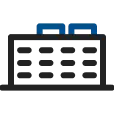ENRICH OUR LIVES
2024/09/12
How does an airplane stop? Secrets of the cascade, an essential component for deceleration
- CFRP
- Aircraft
- Aerospace
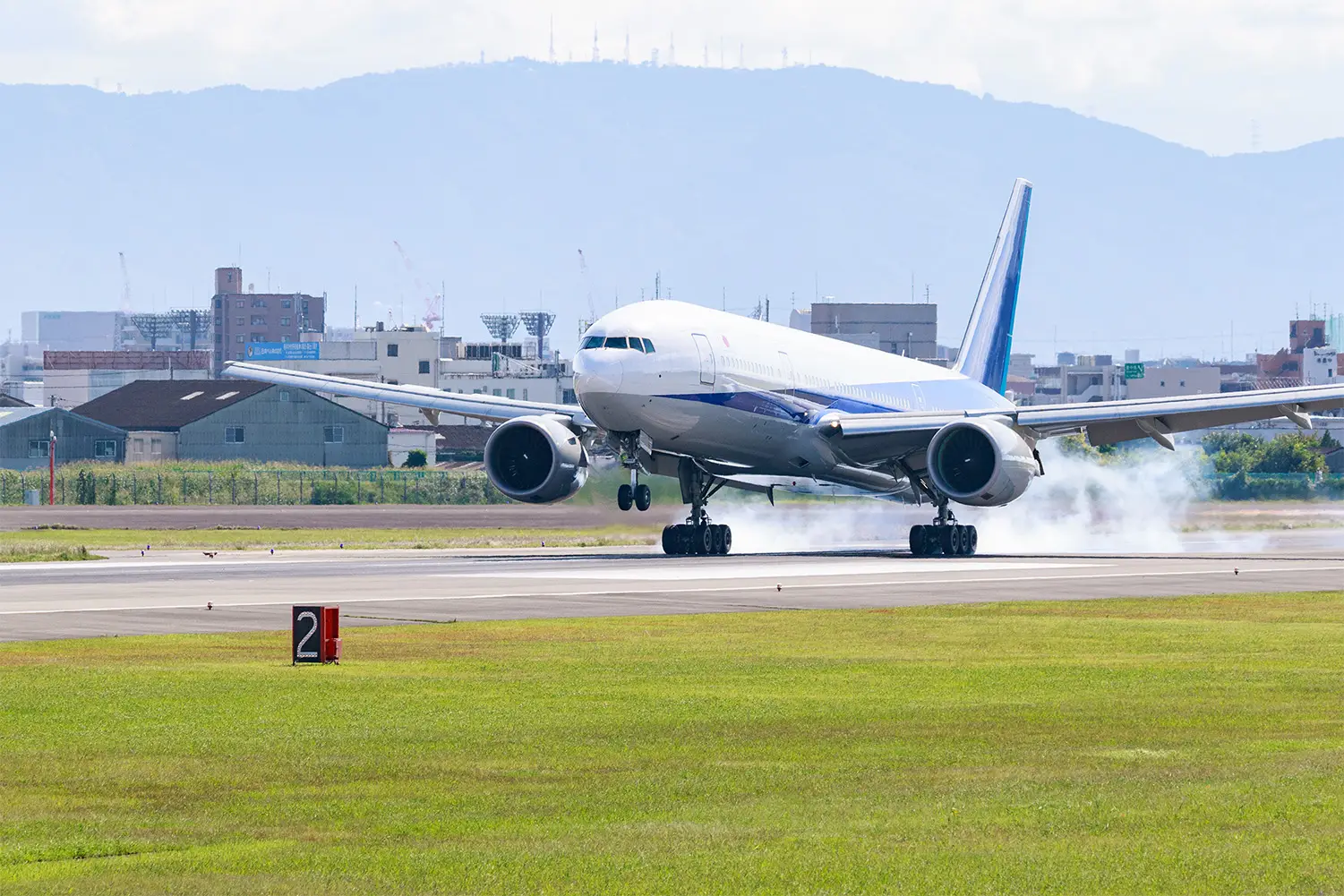
Index
Do you know how an airplane stops after landing on a runway at high speed? Airplanes, which are larger and faster than automobiles, have unique braking systems. This story will explain in detail the mechanism of the airplane landing and the components for realizing safe deceleration.
Three brakes slow the airplane down when landing
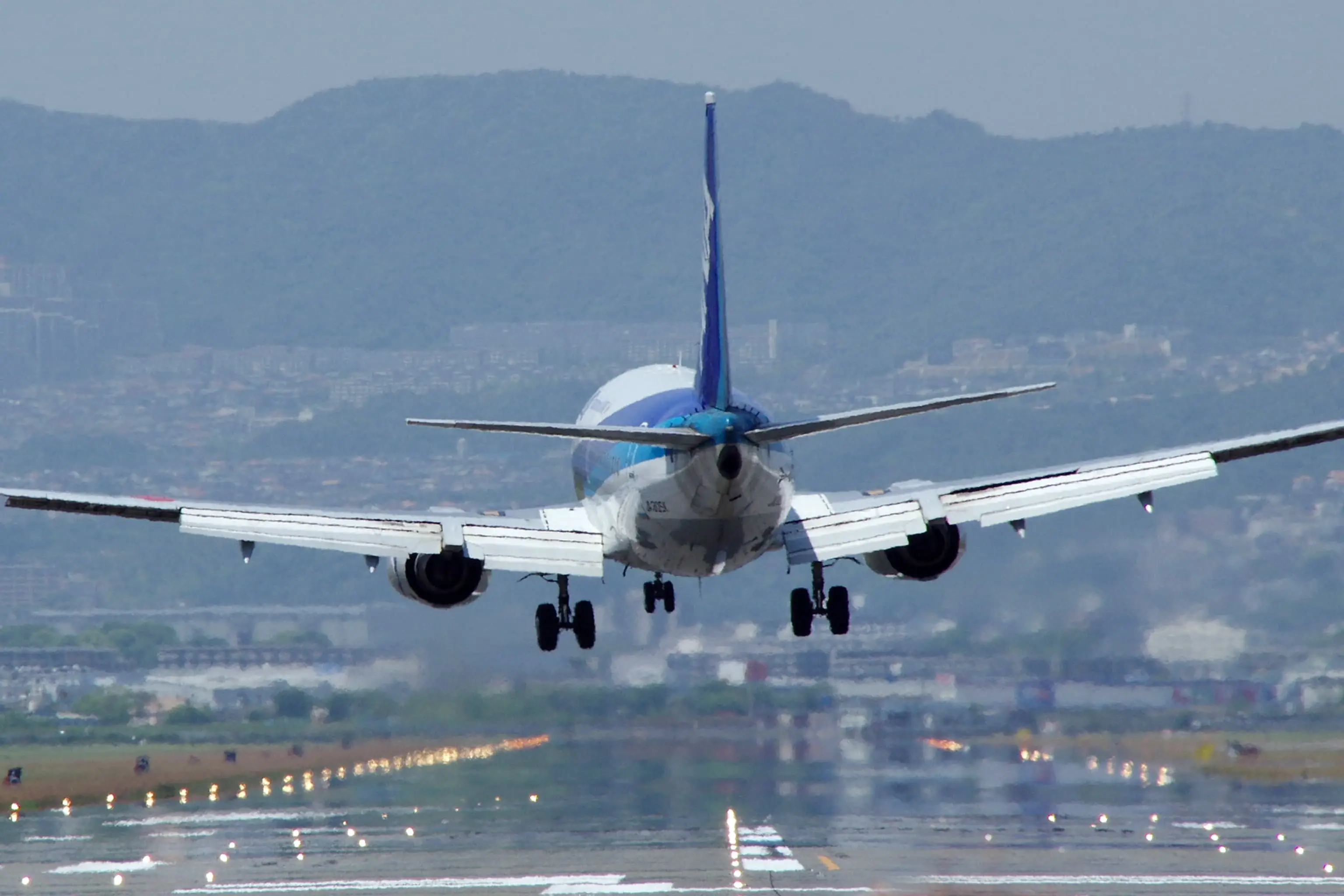
For example, a Boeing 777, which weighs more than 200 tons, lands at a high speed of 250 km/h. To stop it in a short distance of only 2 km, three braking systems are used: the resistance of the wings, the brakes of the wheels, and the reverse thrust of the engines.
- Resistance of the wings
Boards called spoilers attached to the back of the wings work first after an airplane lands on the ground. They automatically lift up as soon as the airplane lands, blocking the flow of air over the top surface of the main wing to increase air resistance. This also has an effect of pushing the tires down on the ground to increase the friction of the wheels by reducing the lifting force of the airplane.
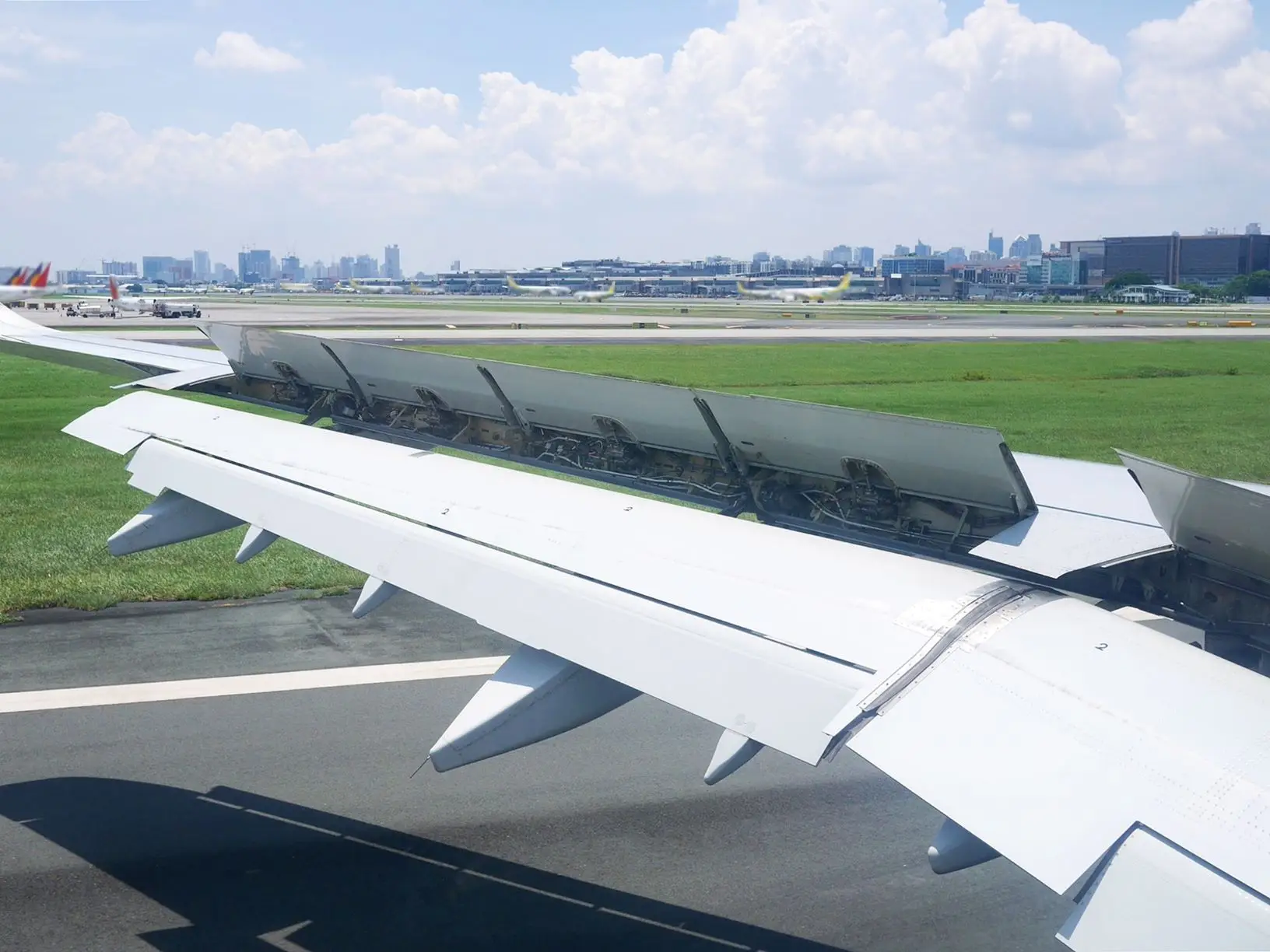
- Brakes of wheels
Of course, airplanes also have brakes for their wheels, like automobiles and motorcycles. The wheels of an airplane are installed under its fuselage and main wings, and the brakes are at the center of the tires. The mechanism is similar to that for automobiles and motorcycles. When you step on the brake pedal in the cockpit, the disks attached to the wheels and axles are pressed down all together, causing friction to generate the stopping force.
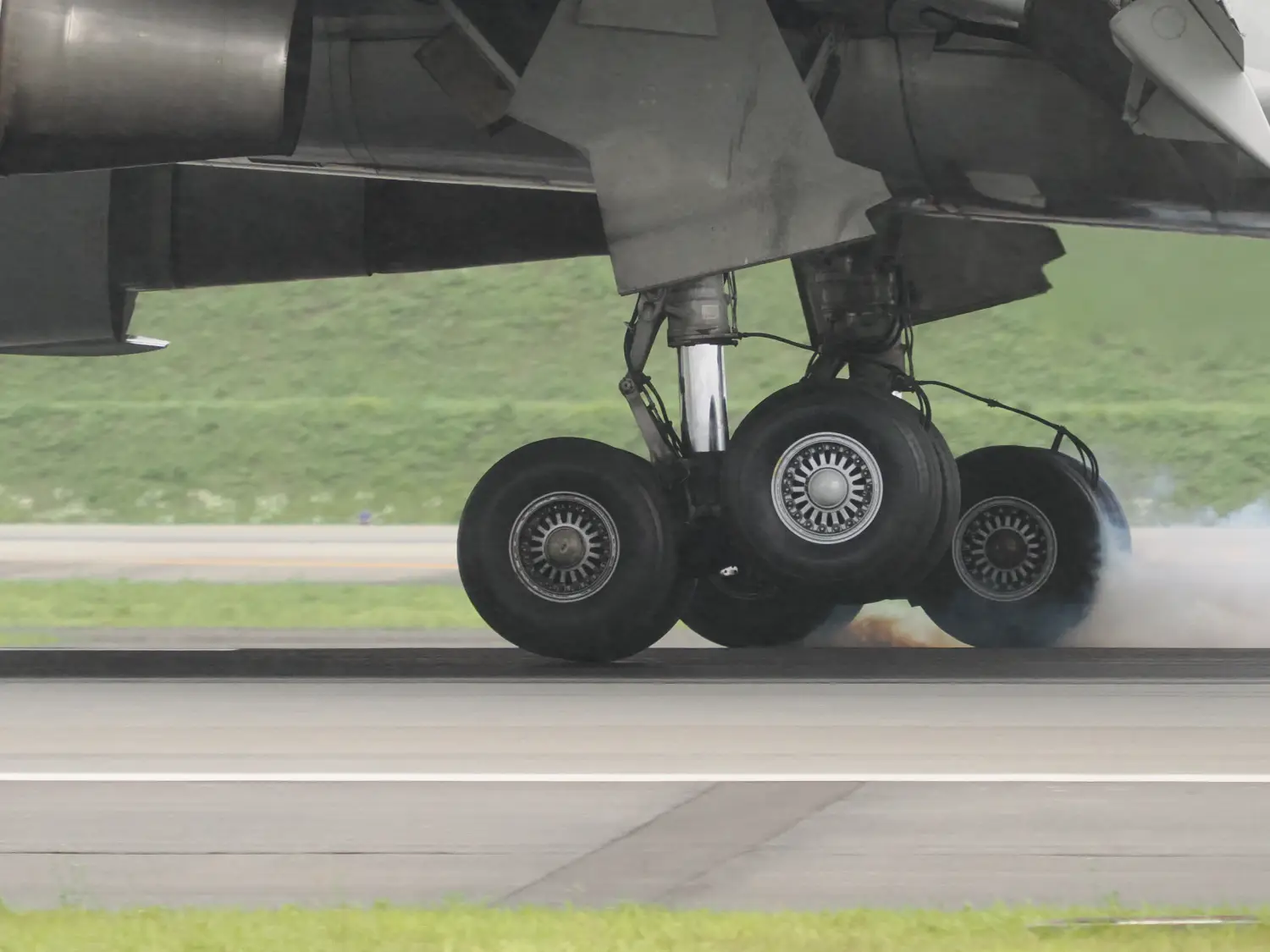
- Reverse thrust of the engines
The jet engines for flying are also actually used for deceleration. The air flow of the engines, which is from front to back during flight, is changed to the opposite direction during landing to generate braking force. This happens when the airplane lands on a runway and the engine noise is louder.
The cascade works in reverse thrust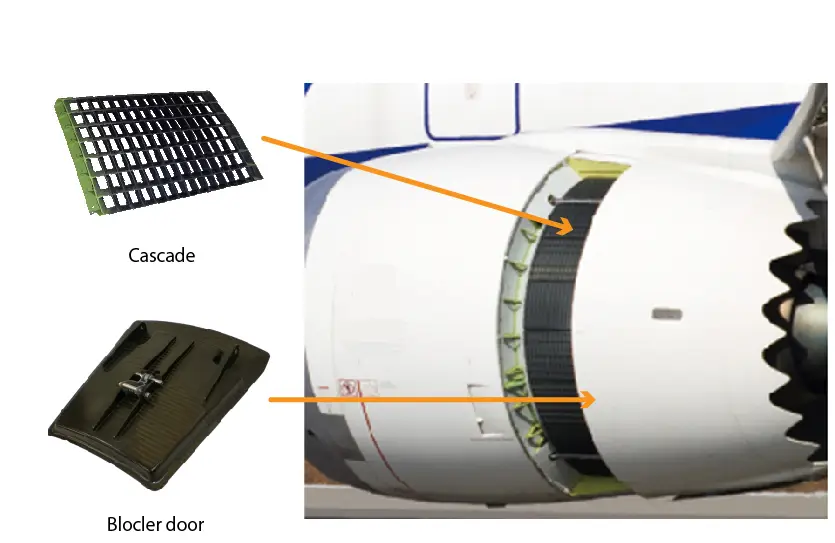
For the reverse thrust of the engines, which plays a major role in deceleration, a lattice-shaped curved component called a cascade and a plate-shaped component called a blocker door work effectively. Both are components manufactured by Nikkiso. To understand how they work, I will first explain the mechanism of reverse thrust. The mechanism is surprisingly simple.
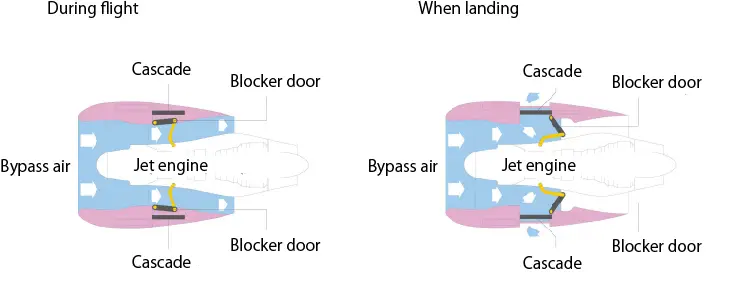
A jet engine is surrounded by a cylindrical cover. During flight, an engine sucks air in from the front and discharges it to the rear vigorously. When landing, a part of the cover opens and the blocker door projects into the cylinder to block the backward airflow. The blocked air blows forward through the gap in the open cover. At this moment, the role of the cascade is to control the airflow.
When an airplane lands, the landing distance differs by about 500 meters between the case of using or not using the thrust reverser. The cascade is a product indispensable to safe landing.
Nikkiso's products have a global market share exceeding 90%
In 1983, Nikkiso developed the world's first cascade made of carbon fiber reinforced plastic (CFRP). CFRP is characterized by superiority in lightness and strength. This feature makes it a good material for aircraft components. Because the weight can be reduced while retaining strength, fuel efficiency can be improved, leading to reduced costs and environmental impact.
Since CFRP is difficult to process, many parts are made by hand. Cascades manufactured by Nikkiso, which has excellent processing technology, have been chosen for commercial aircraft around the world, including by Boeing and Airbus, resulting in a global market share exceeding 90% today. As of 2022, Nikkiso has shipped over 700,000 cascades.
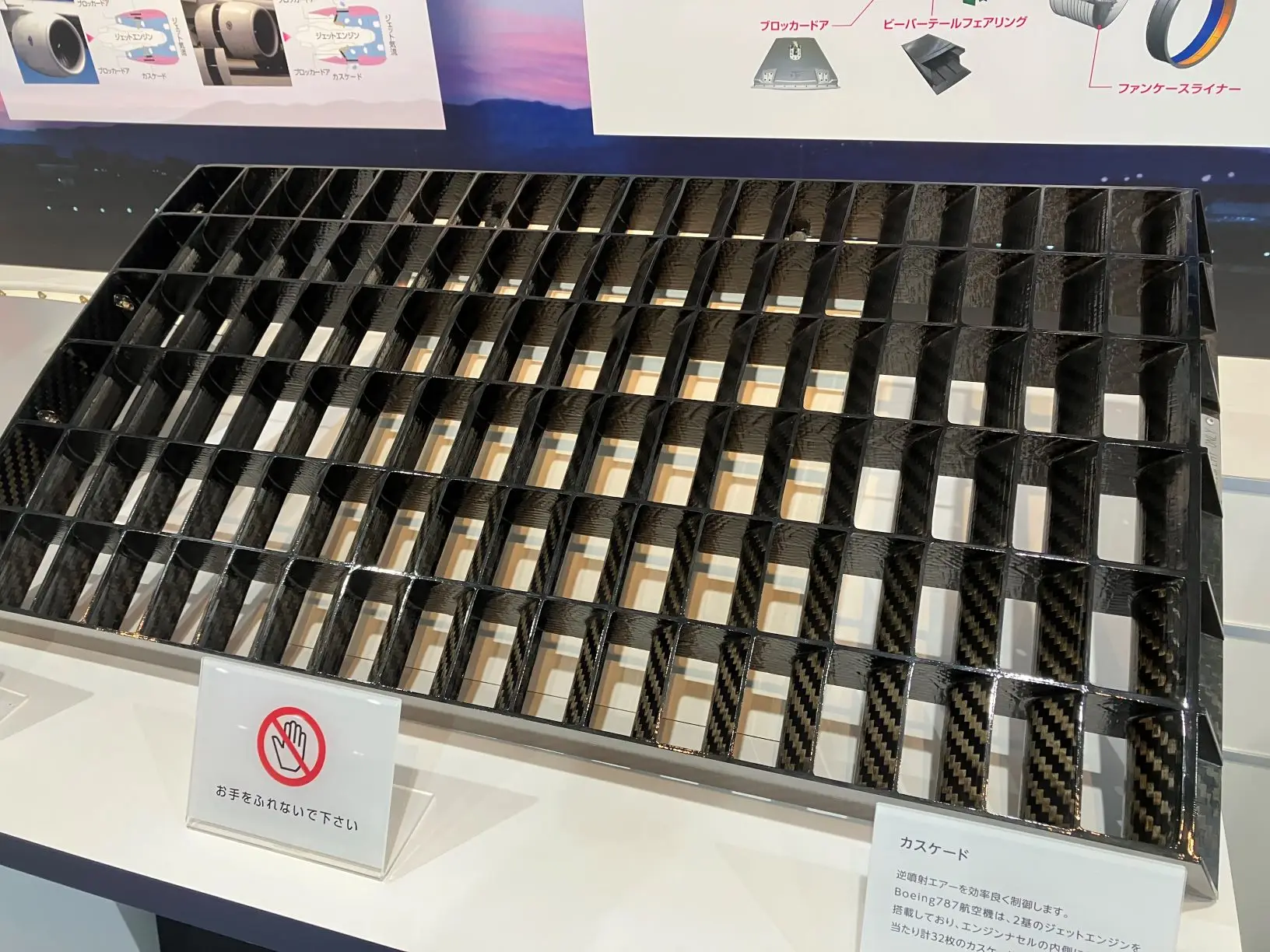
About a dozen cascades are installed in a single engine, and there are many types of cascades because their shape varies depending on the airplane model and the installation position. To date, Nikkiso has commercialized more than 200 types of cascades.
Summary

There are three braking systems for a huge, high-speed airplane to land and stop safely on a runway. Of these, cascades are essential in operating the reverse thrust of the engines. Cascades manufactured by Nikkiso using CFRP, which is light and strong but difficult to process, have gained support from aircraft manufacturers around the world. To protect the safety of air travel, Nikkiso will continue to manufacture high-quality cascades.
Pickup
-
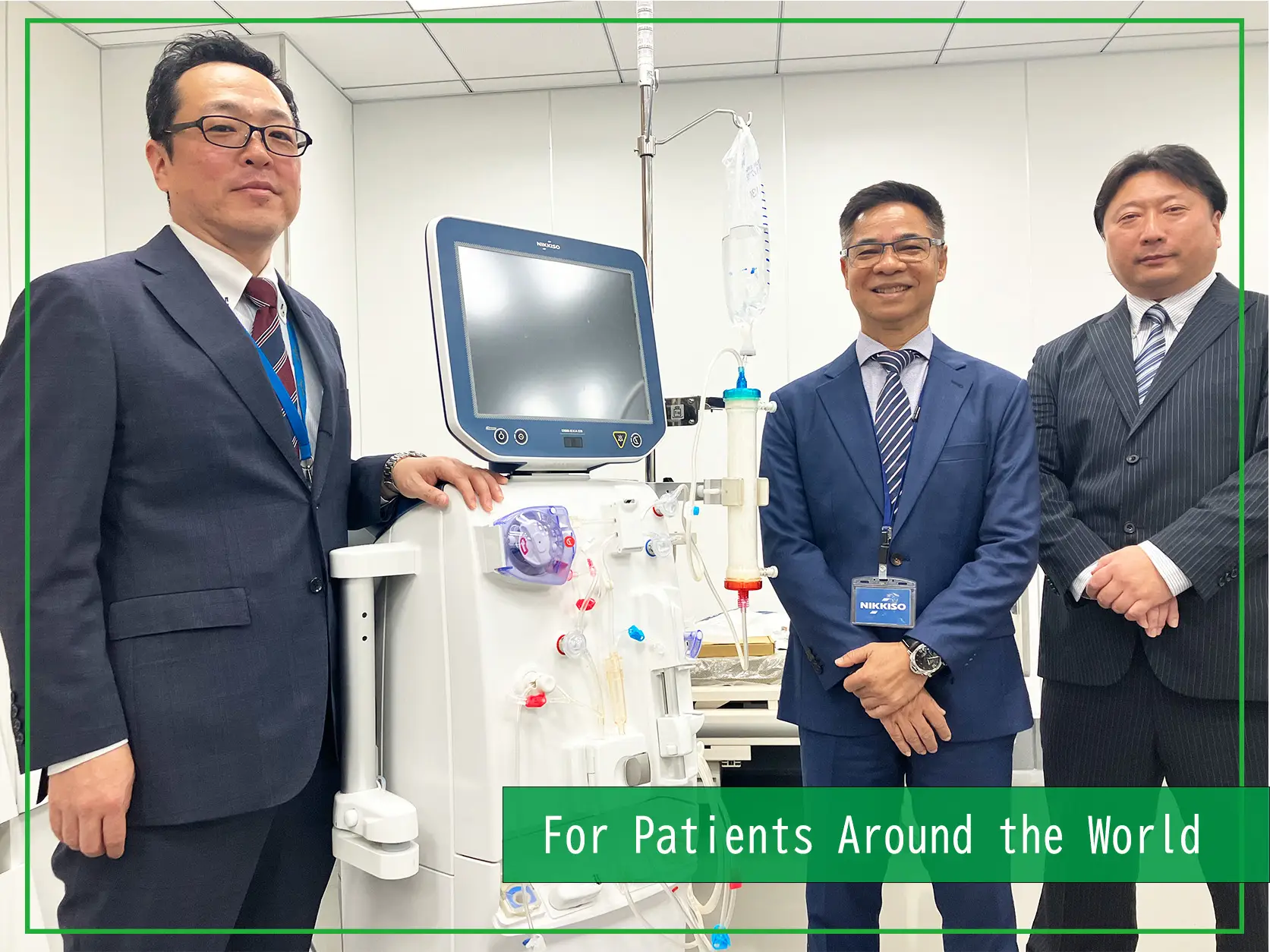 MEDICAL FIELD
MEDICAL FIELD
Empowering Asia’s Expanding Dialysis Treatment with Nikkiso’s Advanced Technology and Comprehensive Support
- Hemodialysis
- Interview
- Medicalbusiness
2025/10/30
-
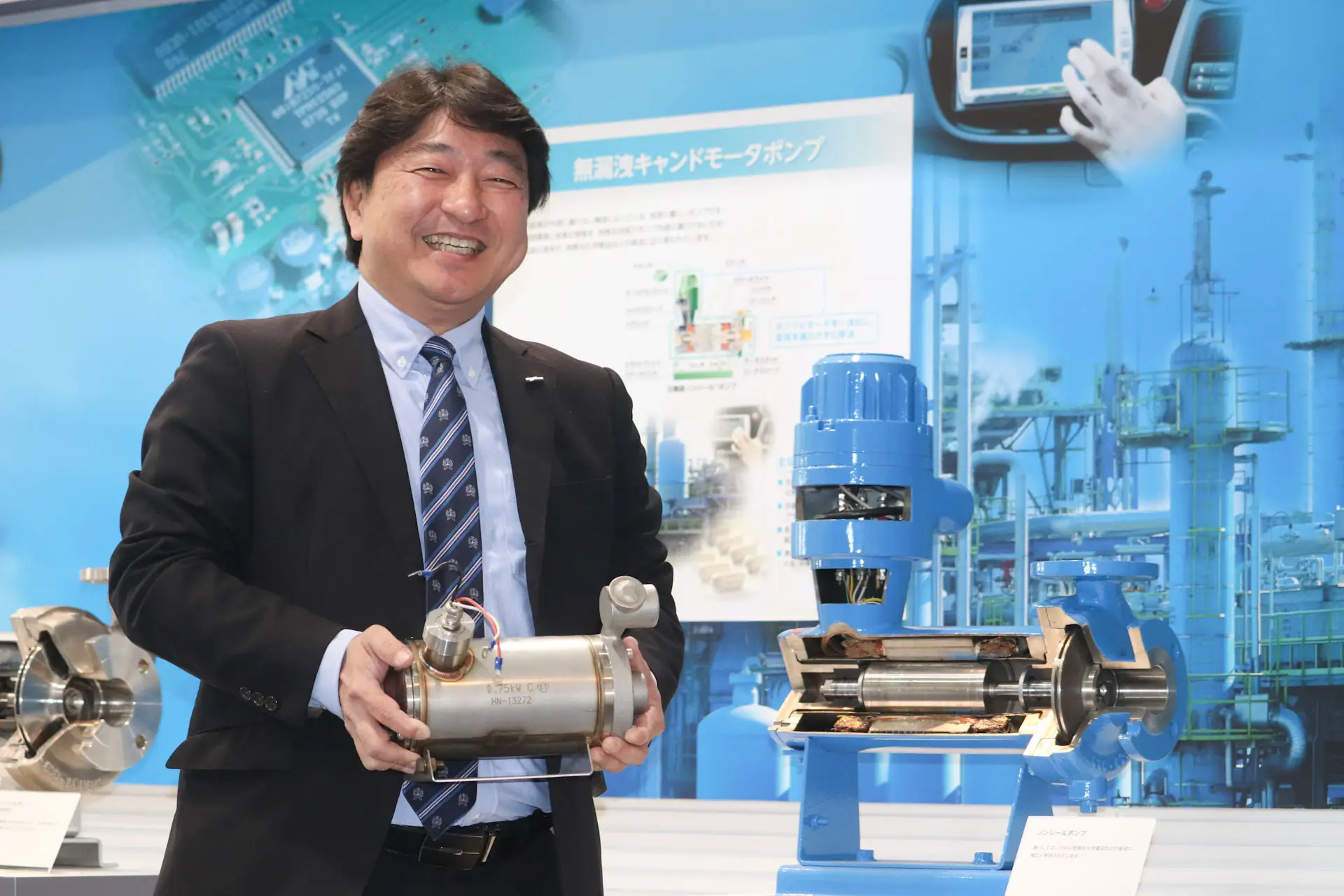 MANUFACTURING
MANUFACTURING
Pumps also actively used in semiconductor manufacturing: 20 years of history of compact, high-speed canned motor pumps
- Technology
- Interview
- Pump
- Semiconductor
2025/05/21
-
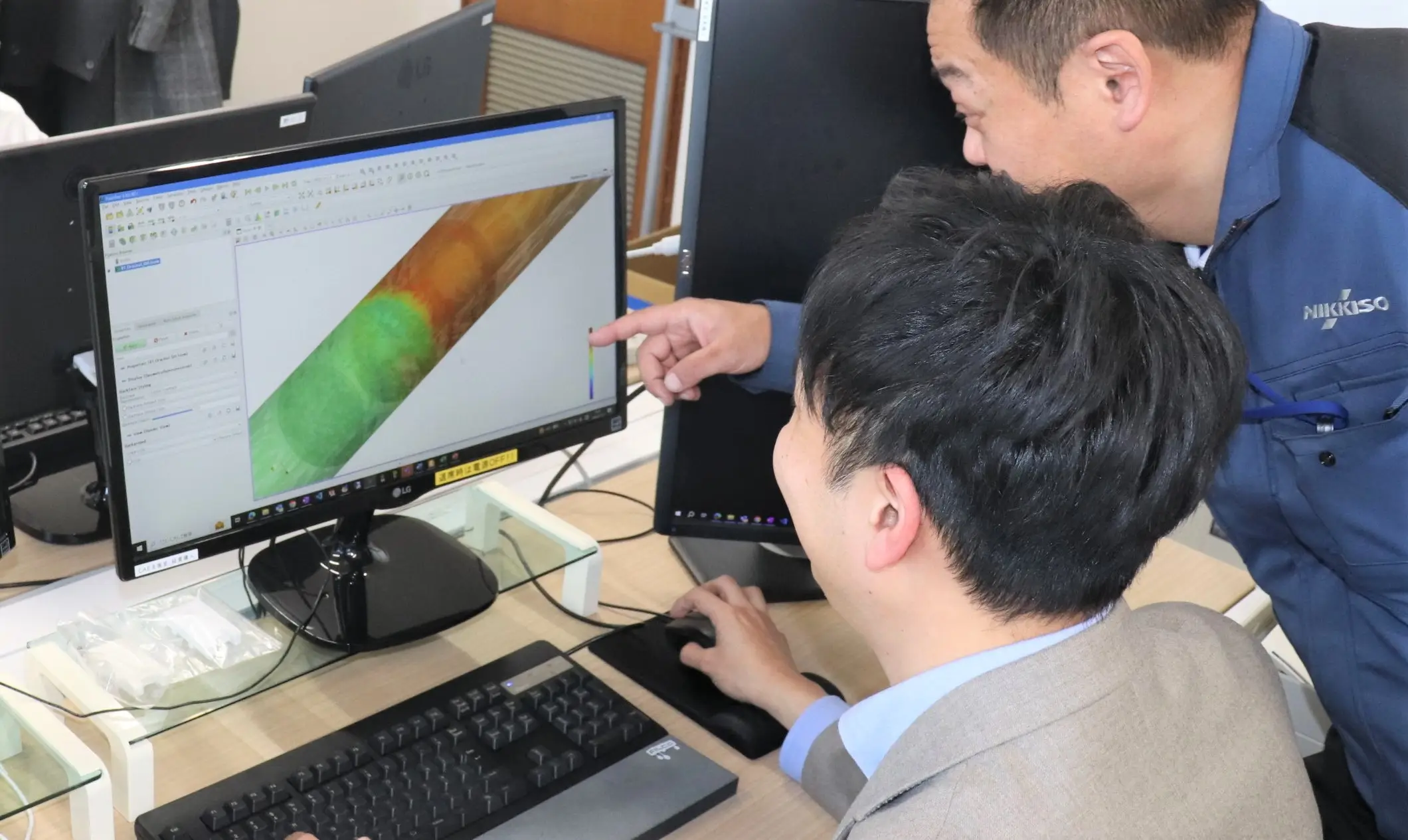 MANUFACTURING
MANUFACTURING
Nikkiso's DX initiatives: CAE Support Department continues to evolve, aiming to eliminate dependence on the skills and expertise of specific people
- Technology
- Interview
2025/04/09
関連記事
-
 ENRICH OUR LIVES
ENRICH OUR LIVES
Secret to the Odor of Gas
- Pump
- LNG
- Industrial
2024/05/08
-
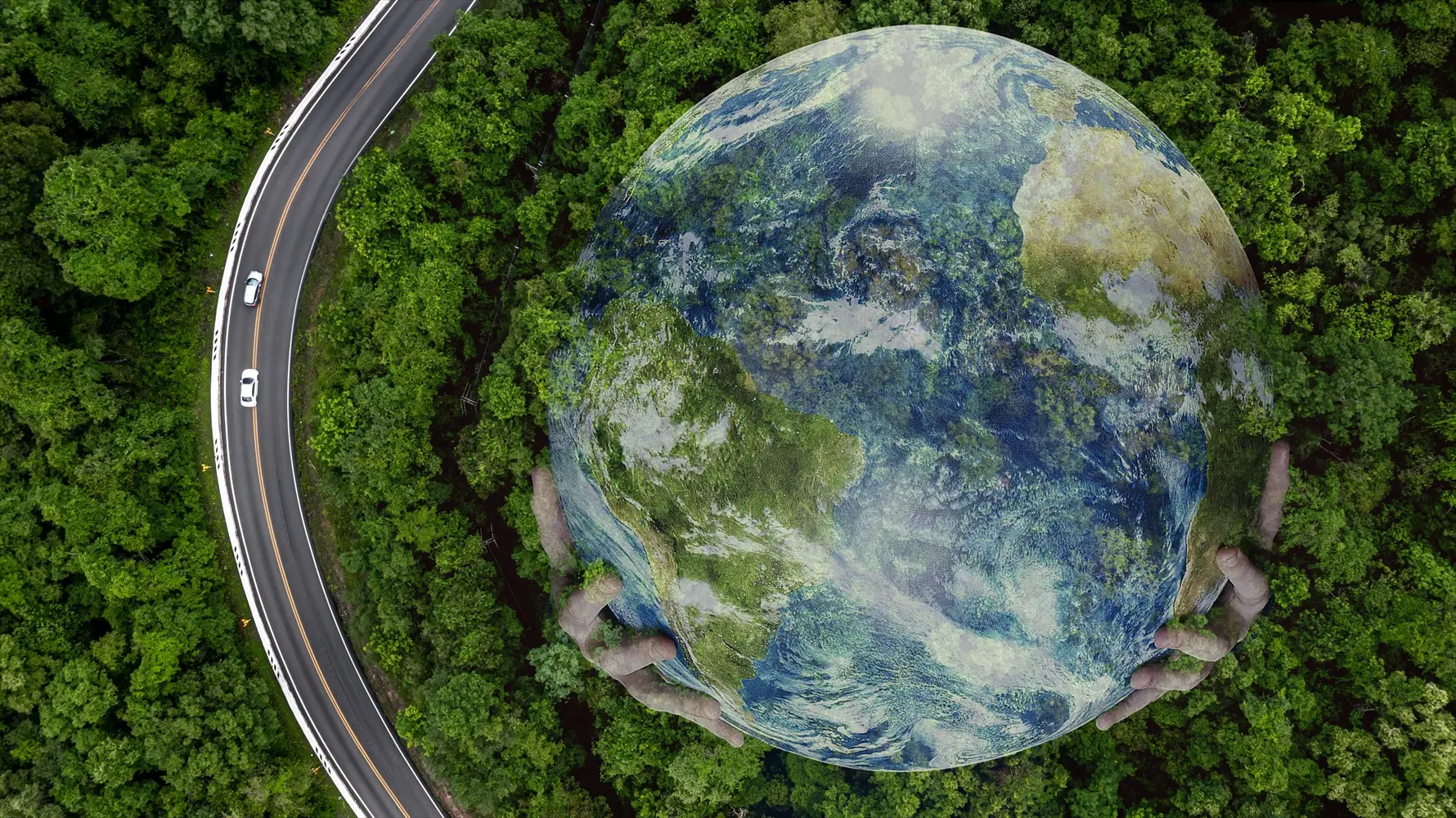 ENRICH OUR LIVES
ENRICH OUR LIVES
What exactly is the SiC power semiconductor that is essential for decarbonization and the popularization of EVs? Here is some basic knowledge and information on future prospects
- Decarbonation
- Technology
- Industrial
- Semiconductor
2023/11/20
-
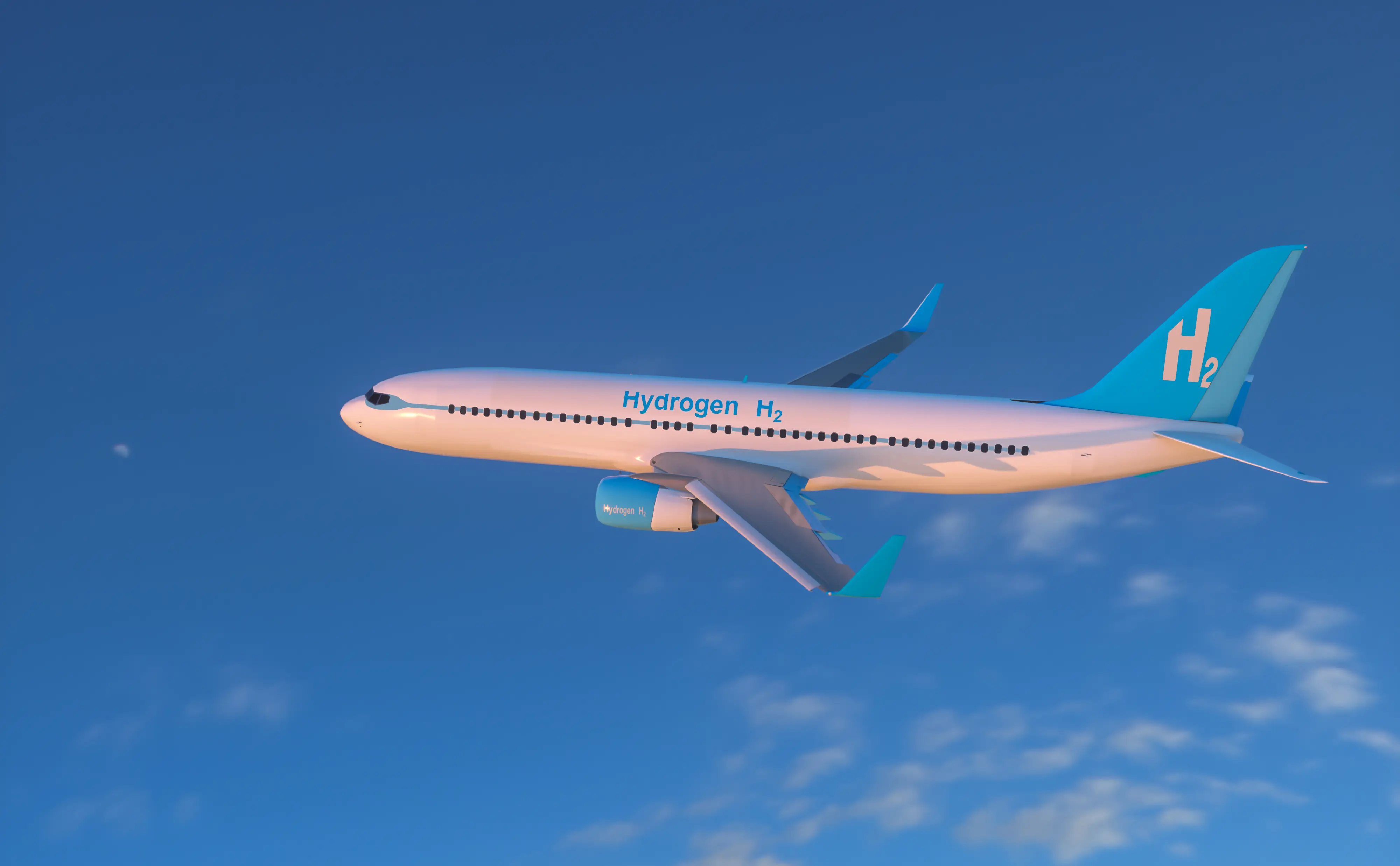 ENRICH OUR LIVES
ENRICH OUR LIVES
Decarbonizing the skies with hydrogen aircraft? Useful basic knowledge, the state of development, and everything in between
- Hydrogen
- Decarbonation
- Aircraft
- Pump
- CFRP
- Industrial
2023/10/17
-
 ENRICH OUR LIVES
ENRICH OUR LIVES
When will eVTOLs become practical? A thorough explanation of everything from the basics
- CFRP
- eVTOL
- Aircraft
2023/09/06



